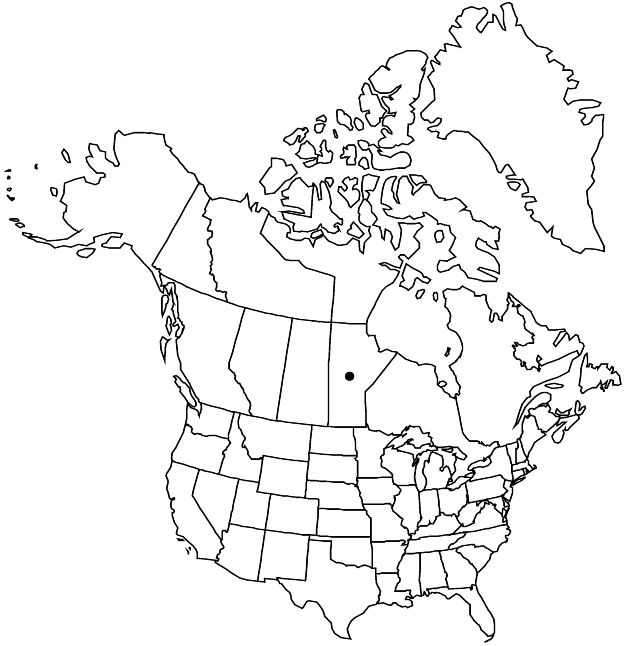Cotoneaster melanocarpus
Fam. Nat. Syn. Monogr. 3: 223. 1847.
Shrubs, 2–2.5 m. Stems loosely erect; branches spiraled, yellow brown to red brown, lenticellate, shiny, initially densely pilose. Leaves deciduous; petiole 4–7 mm, tomentose-villous; blade elliptic to ovate, 33–45 × 20–32 mm, chartaceous, base rounded, margins flat, veins 5–7, superficial, apex acute or obtuse, abaxial surfaces densely silvery-pilose-villous, adaxial green to dark green, dull to slightly shiny, not glaucous, flat between lateral veins, rugose, sparsely pilose; fall leaves lacking notable color. Inflorescences on fertile shoots 25–30 mm with 3 or 4 leaves, 5–13-flowered, pendent, lax. Pedicels 3–8 mm, sometimes sparsely villous. Flowers erect, 6–7 mm, open; hypanthium cupulate, dark reddish brown, glabrous; sepals: margins erose, apex acute or obtuse, surfaces glabrous, often apically villous; petals erect, greenish white with pink, red, base slightly darkened, margins white, glabrous; stamens 20(–22), filaments white, anthers white; styles 2–4. Pomes purple-black, obovoid or globose, 7–9 × 7–9 mm, dull, glaucous with blue tinge, glabrous; sepals suberect, glabrous or apically villous; navel open; style remnants 2/3 from base. Pyrenes 2–4. 2n = 48–52, 68 (Russia).
Phenology: Flowering Apr–May; fruiting Jul–Aug.
Habitat: Forested ravines
Elevation: 300–500 m
Distribution

Man., Eurasia (Russia, Ukraine).
Discussion
Cotoneaster melanocarpus is said to hybridize spontaneously with Sorbus aucuparia in Siberia, forming x\Sorbocotoneaster Pojarkova. The actual Cotoneaster parent is more likely to be a diploid and needs investigation.
Selected References
None.